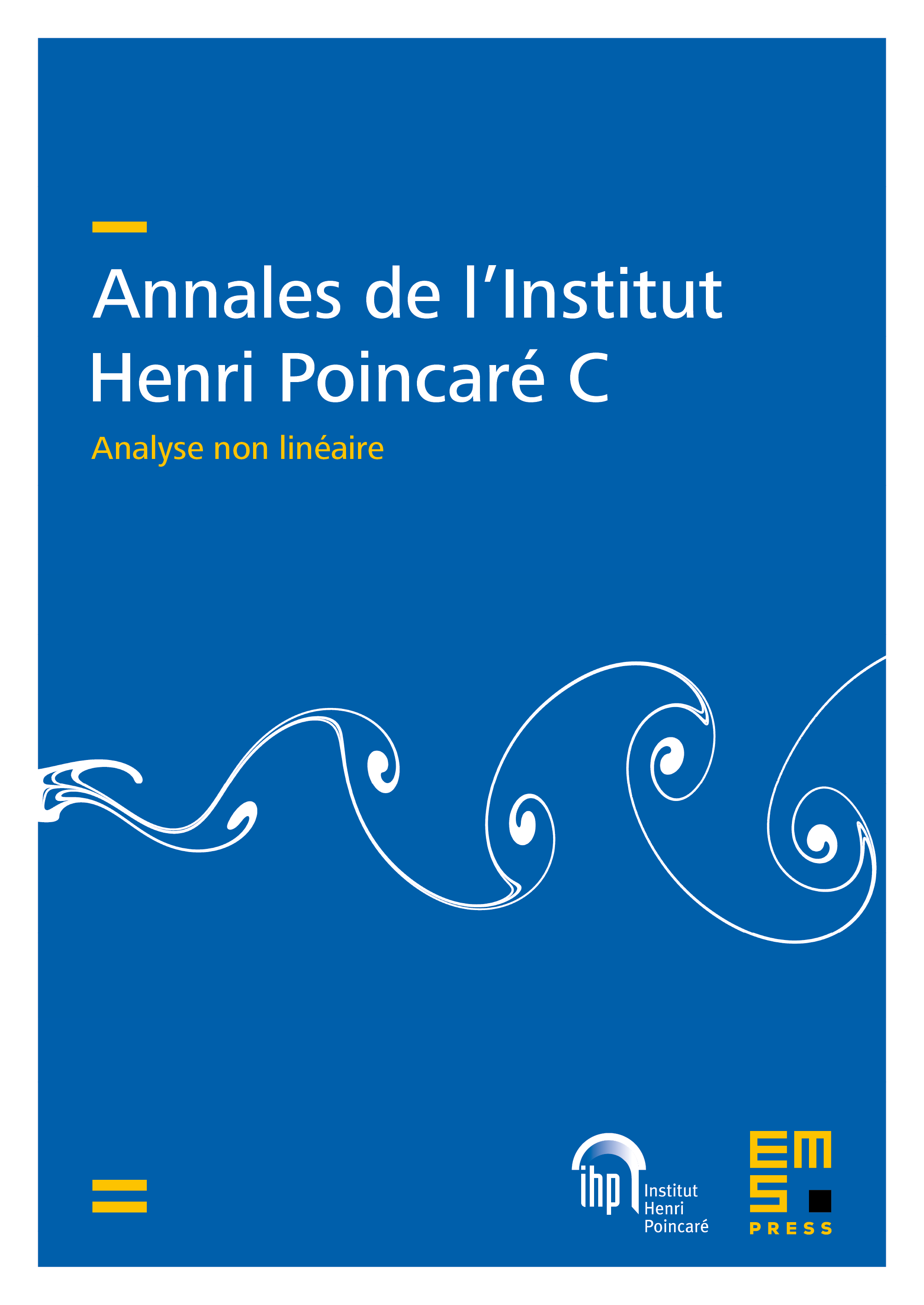On the trend to global equilibrium for Kuramoto oscillators
Javier Morales
University of Maryland, College Park, United States of AmericaDavid Poyato
Claude Bernard University Lyon 1, Villeurbanne, France; University of Granada, Spain

Abstract
In this paper we study convergence to the stable equilibrium for Kuramoto oscillators. Specifically, we derive estimates on the rate of convergence to the global equilibrium for solutions of the Kuramoto–Sakaguchi equation departing from generic initial data in a large coupling strength regime. As a by-product, using the stability of the equation in the Wasserstein distance, we quantify the rate at which discrete Kuramoto oscillators concentrate around the global equilibrium. In doing this, we achieve a quantitative estimate in which the probability that oscillators concentrate at the given rate tends to 1 as the number of oscillators increases. Among the essential steps in our proof are (1) an entropy production estimate inspired by the formal Riemannian structure of the space of probability measures, first introduced by Otto (2001); (2) a new quantitative estimate on the instability of equilibria with antipodal oscillators based on the dynamics of norms of the solution in sets evolving by the continuity equation; (3) the use of generalized local logarithmic Sobolev- and Talagrand-type inequalities, similar to those derived by Otto and Villani (2000); (4) the study of a system of coupled differential inequalities by a treatment inspired by Desvillettes and Villani (2005). Since the Kuramoto–Sakaguchi equation is not a gradient flow with respect to the Wasserstein distance, we derive such inequalities under a suitable fibered transportation distance.
Cite this article
Javier Morales, David Poyato, On the trend to global equilibrium for Kuramoto oscillators. Ann. Inst. H. Poincaré Anal. Non Linéaire 40 (2023), no. 3, pp. 631–716
DOI 10.4171/AIHPC/47